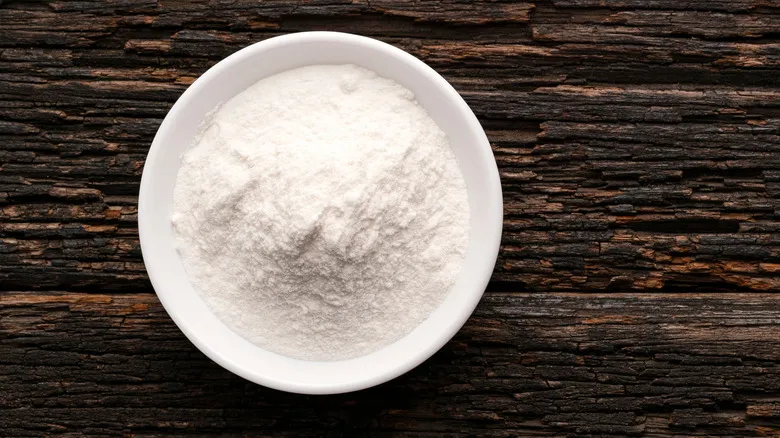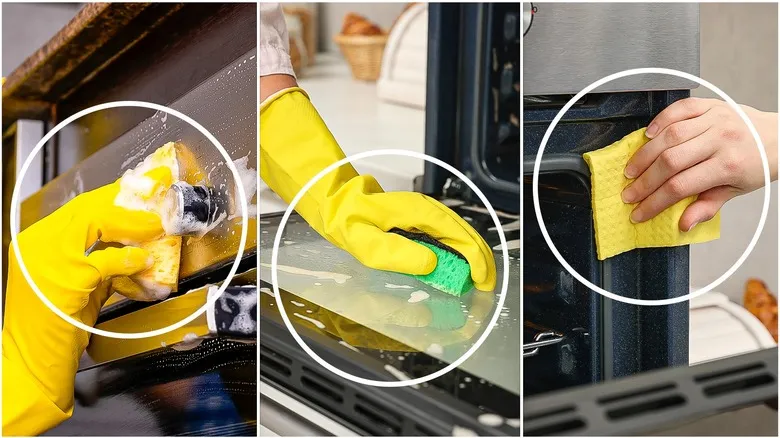What makes baking soda so effective?

Imagine stumbling upon that old recipe book and immediately being enveloped by its familiar vanilla aroma—a characteristic often found in many vintage books. Nostalgia washes over you, inspiring you to bake a vanilla cake. While you’re already aware that baking powder can be easily replaced with the right amount of baking soda, the recipe also calls for buttermilk.
Here’s the twist: acidic liquids like buttermilk, lemon juice, or vinegar are essential for activating the baking soda, triggering a reaction that releases carbon dioxide. Since this reaction occurs almost instantly, it’s vital to transfer the batter into a preheated oven right away. This step not only ensures the bubbles form correctly but also results in a cake that is delightfully soft and airy.
From a scientific perspective, this process is fundamentally a reaction known as neutralization. Don’t let the term intimidate you; it simply refers to the interaction between an alkaline ingredient like baking soda and an acidic one. The carbon dioxide produced during this reaction disperses throughout the batter, causing it to rise.
In contrast, cookie dough behaves a bit differently. The reaction doesn’t truly begin until the butter melts in the oven. This is because the acidity in cookie dough typically comes from solid ingredients like brown sugar, which derives its acidity from cane molasses.
But wait, there's more

When it comes to sweet treats, it's crucial to strictly adhere to the recipe. In other words, avoid overusing baking soda, as more is not always better. Excessive baking soda can result in a cake with a soapy flavor or leave you in a frenzy about how to fix it.
Using the correct amount is vital, as it raises the dough's pH, allowing it to develop evenly in alkaline conditions. For cookies, this means they stay soft because baking soda weakens the gluten, which can otherwise hinder their spread, according to research published in the journal Foods.
Regardless of the occasion—be it Christmas cookies, banana bread, or a quick microwave chocolate cake when you're feeling lazy—baking soda is essential. It's one of the easiest ingredients to find at the grocery store, but proper storage is crucial to ensure it works effectively in your recipes. When unopened, it can last up to three years if kept in a dry place. However, once opened, its shelf life drops to six months if stored away from moisture.
Recommended

8 Spots In Your Oven You're Forgetting To Clean

What Types Of Peppers Usually Go Into Traditional Birria?

12 Crucial Storage Tips For Your Good Whiskey

For A Perfect Steak Marinade Every Time, You Need 4 Components
Next up

